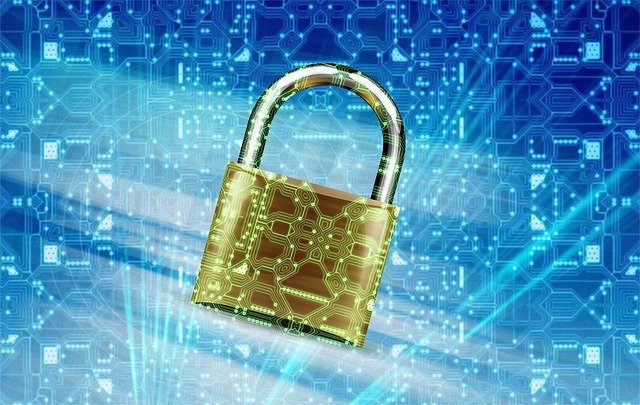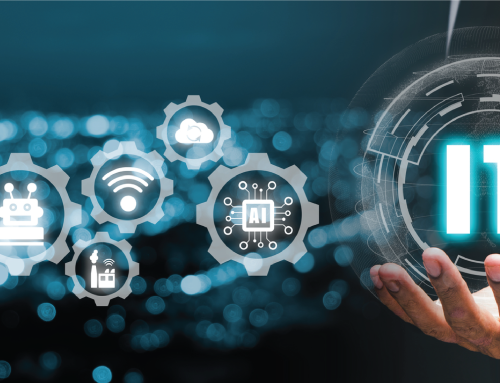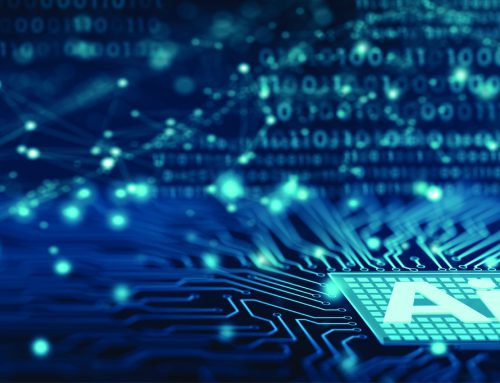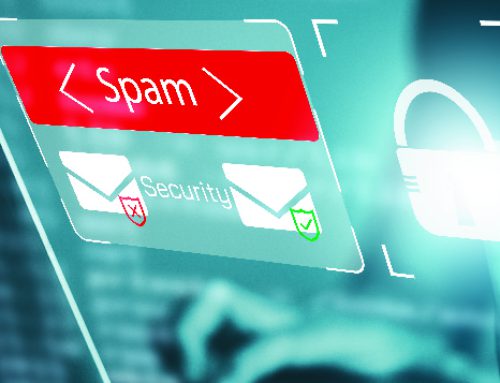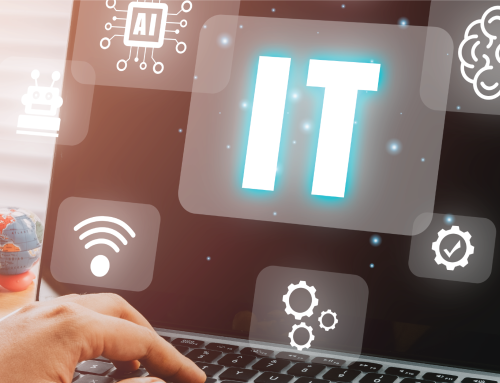What is Cybersecurity? Cybersecurity is the technologies, processes and practices designed to protect networks, computers, programs and data from attack, damage or unauthorized access. The #1 Solution for Cybersecurity Protection is Backup & Recovery Taking frequent backups of all data considered critical to your business is critical. The exact frequency of backups will vary based on your business’ specific needs. Traditionally, most businesses take a daily backup, and for some businesses this may still be suitable. However, today’s backup products are designed to make incremental copies of data throughout the day to minimize data loss. When it comes to protecting against cyberattacks, solutions that back up regularly allow you to restore data to a point in time before the breach occurred without losing all the data created since the previous night’s backup. Some data protection products can take image-based backups that are stored in a virtual machine format—essentially a snapshot of the data, applications, and operating system. This allows users to run applications from the backup copy. This functionality is typically referred to as instant recovery or recovery-in-place. Our version of this technology is called Instant Virtualization. The ability to run an application from the backup instance of a virtual machine allows users to continue working while the primary server is restored following an outage, dramatically reducing downtime. Some solutions also extend this capability to the cloud to protect against failures which impact primary and on premise backup copies, as well. Calculate your Recovery Time here: https://dev.etechcomputing.com/rtc/. Cybersecurity Checklist According to a recent SEC report, Non-Profits and SMBs are the “principal target” of cyberattacks. Use this checklist to be sure your critical business data is protected.
- Conduct a security risk assessment. Understand potential security threats (e.g., downtime from ransomware) and the impact they may have on your business (lost revenue). Use this information to shape a security strategy that meets your specific needs.
- Train your employees. Because cybersecurity threats are constantly evolving, an ongoing semi-annual training plan should be implemented for all employees. This should include examples of threats, as well as instruction on security best practices (e.g., lock laptops when away from your desk). Hold employees accountable.
- Protect your network and devices. Implement a password policy that requires strong passwords that expire every 90 days. Deploy firewall, VPN and antivirus technologies to ensure your network and endpoints are not vulnerable to attacks. Consider implementing multifactor authentication. Ongoing network monitoring should also be considered essential. Encrypt hard drives.
- Keep software up to date. It is essential to use up-to-date software products and be vigilant about patch management. Cyber criminals exploit software vulnerabilities using a variety of tactics to gain access to computers and data.
- Create straightforward cybersecurity policies. Write and distribute a clear set of rules and instructions on cybersecurity practices for employees. This will vary from business to business but may include policies on social media use, bring your own device, authentication requirements, etc.
- Back up your data. Daily backups are a requirement to recover from data corruption or loss resulting from security breaches. Consider using a modern data protection tool that takes incremental backups of data periodically throughout the day to prevent data loss.
- Enable uptime. Choose a modern data protection solution that enables “instant recovery” of data and applications. Application downtime can significantly impact your business’ ability to generate revenue.
- Know where your data resides. Maintaining oversight of business data is an important piece of the security puzzle. The more places data exists, the more likely it is that unauthorized individuals will be able to access it. Avoid “shadow IT” with business-class SaaS applications that allow for corporate control of data.
- Control access to computers. Use key cards or similar security measures to control access to facilities, ensure that employees use strong passwords for laptops and desktops. Administrative privileges should only be given to trusted IT staff.


